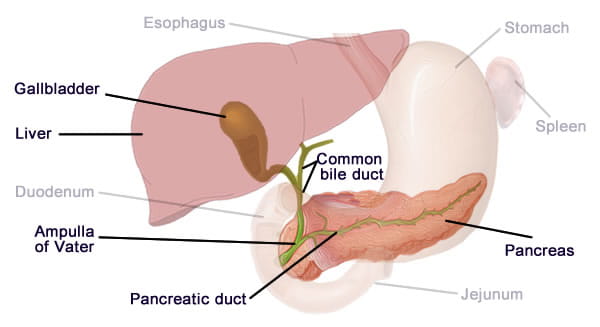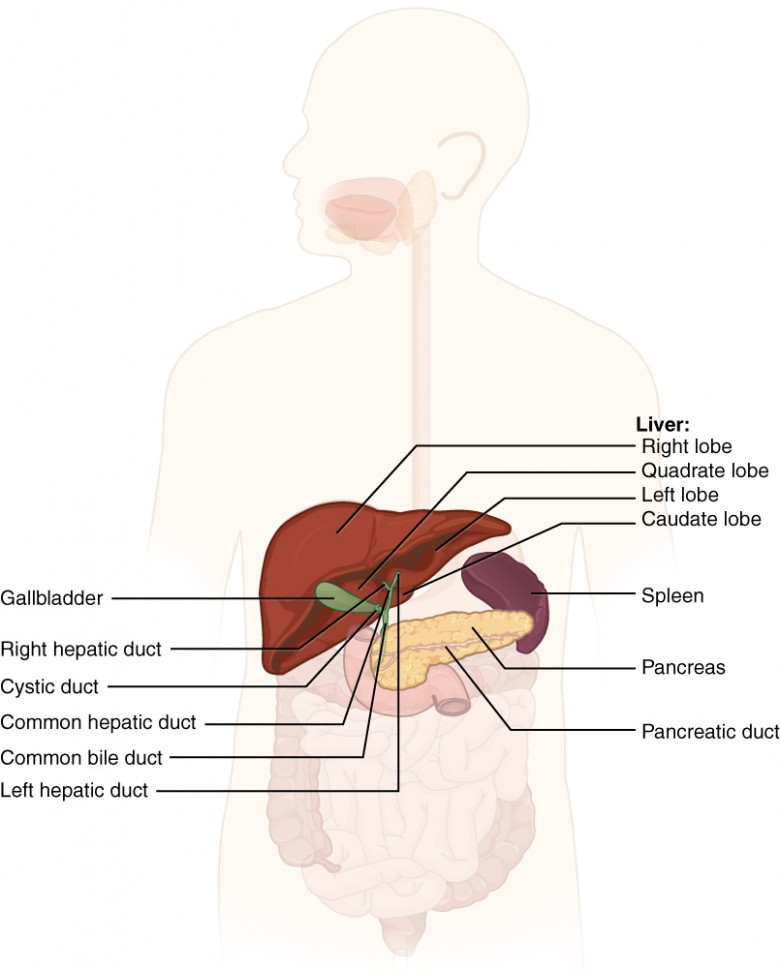✅ Product Examples
- Trending Product:
Hyperice Normatec Go — a portable leg massager using dynamic air compression, designed for recovery, circulation, and muscle relaxation. - Evergreen Product:
Omron Evolv Wireless Upper Arm Blood Pressure Monitor — a clinically reliable home blood pressure monitor with Bluetooth connectivity and wireless data logging.
🧭 Seven‑Aspect Analysis: How the Trending & Evergreen Products Entangle Values
Here’s how Hyperice Normatec Go (trending) and the Omron Evolv (evergreen) reflect and reinforce each other across the seven dimensions we discussed earlier:
| Aspect | Trending Product (Normatec Go) | Evergreen Product (Evolv BP Monitor) | Entangling / Value‑Added Implications |
|---|---|---|---|
| 1. Aggregating & Preserving Collective Knowledge | Its design builds on decades of research in pneumatic compression, venous return, and athletic recovery. | The blood pressure monitor is rooted in medical standards (oscillometric measurement, clinical validation) and decades of cardiovascular research. | Innovators should ensure that new wearable recovery tech shares data and standards with legacy clinical devices—enabling interoperability and cross‑learning. |
| 2. Pattern Recognition in Long-Term Data | As usage grows, data can show patterns of recovery efficacy, circulation improvements, or injury risk over time. | Long-term BP monitoring yields critical patterns in hypertension, cardiovascular risk, and treatment response. | Combining recovery device data (e.g. limb perfusion metrics) with BP trends could produce richer health insights—designing systems that integrate both dimensions. |
| 3. Simulating Life Experiences Beyond One’s Own | Users can simulate “after-exertion” circulation dynamics (e.g. how compression helps) before real muscle strain. | Digital tools can simulate how changes in lifestyle, medication, or stress might alter one’s BP trajectory. | Health platforms might simulate integrated recovery + cardiovascular outcomes—for example: “If I use Normatec daily, what’s the projected effect on my BP and vascular health?” |
| 4. Enhancing Decision-Making with AI Wisdom | AI can help optimize compression settings, duration, patterns of massage based on user physiology. | AI can analyze BP readings and flag anomalies, suggest trends, or recommend lifestyle adjustments. | A unified AI health assistant could coordinate recovery device usage with blood pressure data, offering holistic recommendations (e.g. slower compression, hydration, rest) rather than isolated advice. |
| 5. Bridging Generational Wisdom Gaps | Younger, active users adopt recovery tech faster; older users may not see its relevance. | Blood pressure monitoring is already familiar and trusted across generations. | Hospitals, wellness centers, and product designers can use the trust in BP devices to introduce newer recovery tools—linking tradition with innovation. |
| 6. Synthesizing Intuition from Data | Compression feels good subjectively; AI can calibrate settings based on subjective feedback and objective metrics. | Elevated BP is often “silent”—data must be converted into meaningful intuition for the user. | A health interface could translate combined signals into intuitive actionable insights (e.g. “Your legs feel tight, your BP is creeping up—use a lighter compression today”). |
| 7. Creating Ethical & Philosophical Dialogue | Is it “luxury health”? Does recovery tech widen inequality if only those with means can access it? | Home BP monitors democratize cardiovascular monitoring; but data privacy and misuse are concerns. | Policy / product design must ensure that advanced health tech (compression gear, smart monitors) is inclusive, respects privacy, is evidence‑based, and doesn’t become “wellness aristocracy.” |
🔮 Forwarding Value-Added Health Product Theme
From this pairing, we can propose a value-added product philosophy:
“Integrated Recovery & Vital Monitoring Platforms”
In other words, the next-generation health devices should not only specialize (e.g. compression, massage, recovery) or clinical monitoring (e.g. BP, ECG) — but bridge both domains. They should:
- Combine recovery and vital signs in unified sensors
- Use AI to harmonize recommendations across domains
- Allow simulation of health interventions ahead of time
- Preserve medical-grade accuracy while offering wellness appeal
- Be accessible, secure, and ethically designed
This kind of direction fuses the excitement of trending recovery tech with the deep, perennial value of vital health monitoring.



